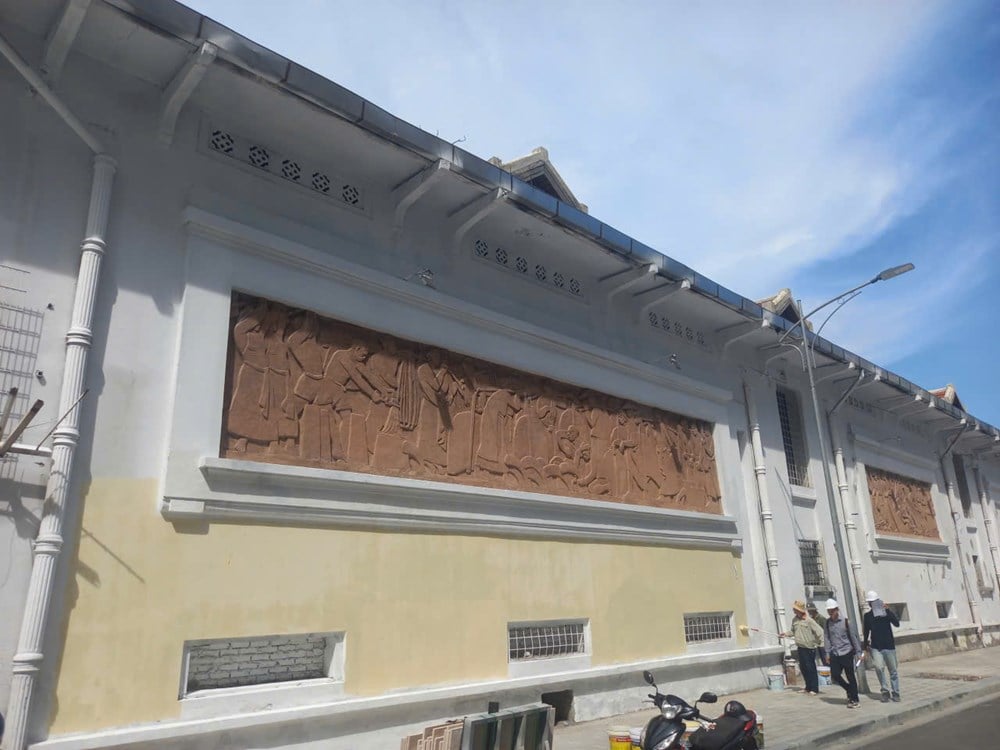
The return after the ups and downs of these priceless artistic heritages not only brings joy to the art world but also creates an opportunity for the general public who once knew the fate of these reliefs to enjoy and admire them.
Particularly valuable reliefs
Until today, people still repeat the story of the reliefs on the back wall of the drawing room of the Vietnam University of Fine Arts ( Hanoi ) which are very valuable in terms of history, culture and art but are not allowed to access public space, so the public also loses the opportunity to admire them.
At this time, talking to us, artist Vi Kien Thanh, former Director of the Department of Fine Arts, Photography and Exhibition (Ministry of Culture, Sports and Tourism) said that these reliefs are not only beautiful in terms of form but also have historical value, preserving the time mark of the Indochina art period, a golden period of Vietnamese art.
According to independent art researcher, Dr. Pham Long, these are reliefs created by professors and students of the first and second courses of the Indochina College of Fine Arts, including author Vu Cao Dam, to decorate the Indochina Palace at the 1931 International Colonial Exhibition in Paris, France.
Experts also commented that, among the heritage of modern Vietnamese sculpture, these are particularly valuable reliefs because there are very few works created during the formation and development period of the Indochina College of Fine Arts, and the number of sculptors trained during this period is even rarer.
The story of two giant reliefs on the back wall of the drawing school of the Vietnam University of Fine Arts, which is also the remaining house of the Indochina Fine Arts School, has been mentioned by the Hanoi art community and the people of the capital for decades. The images of the two reliefs are therefore only known through documents kept by art researchers dedicated to the value of these artistic heritages.
Also at this time, according to art researcher Ngo Kim Khoi, when studying documents left by painter Victor Tardieu, he learned about the presence of the reliefs. Researcher Ngo Kim Khoi looked back at archived documents and found that the Indochina School of Fine Arts had prepared to participate in the 1931 Paris Colonial Exhibition since March 16, 1929, according to Victor Tardieu's report.
On October 12, 1929, the Indochina School of Fine Arts had a Paris exhibition plan under dispatch number 506. According to Tardieu's report, with the number 506D, a relief decorated the great hall of the Indochina Palace (Palais Indochine) by three students of the Indochina School of Fine Arts, Georges Khanh, Vu Cao Dam and Le Tien Phuc, under the direction of Professor Charles-Jean Christian. The relief is 39m long and 2m high.
These reliefs are cultural heritages containing many values, which have been longed for by the profession to be “rescued” and preserved in their original state. The “revival” of the heritage not only honors the pride of Vietnamese fine arts but also creates opportunities for the public who love fine arts to admire them whenever they pass by this space.
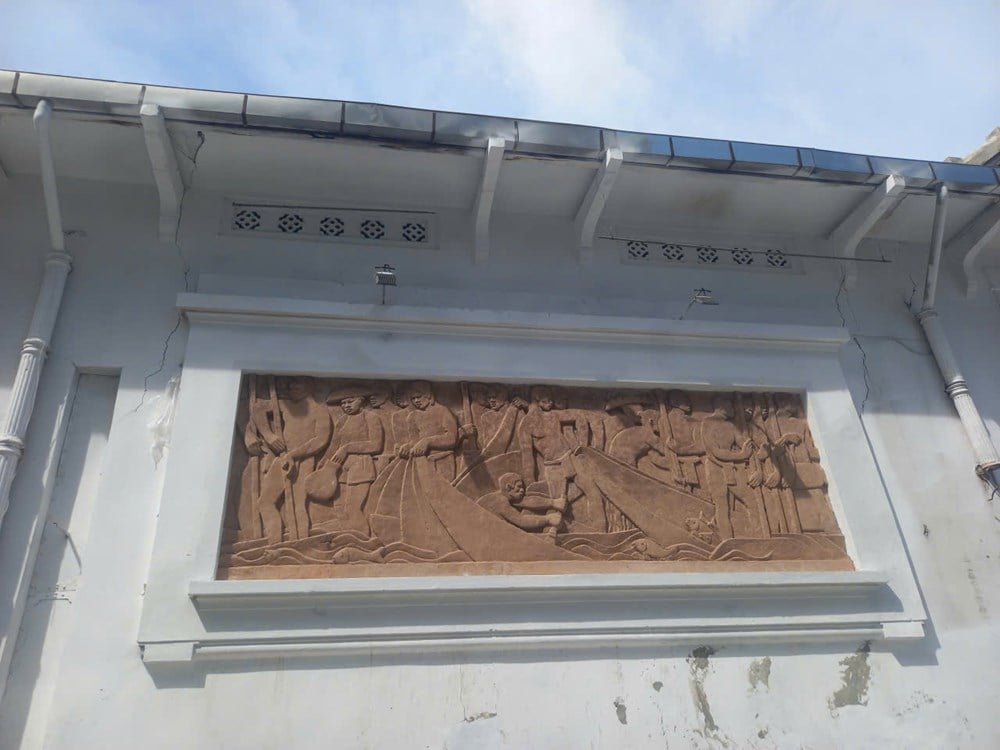
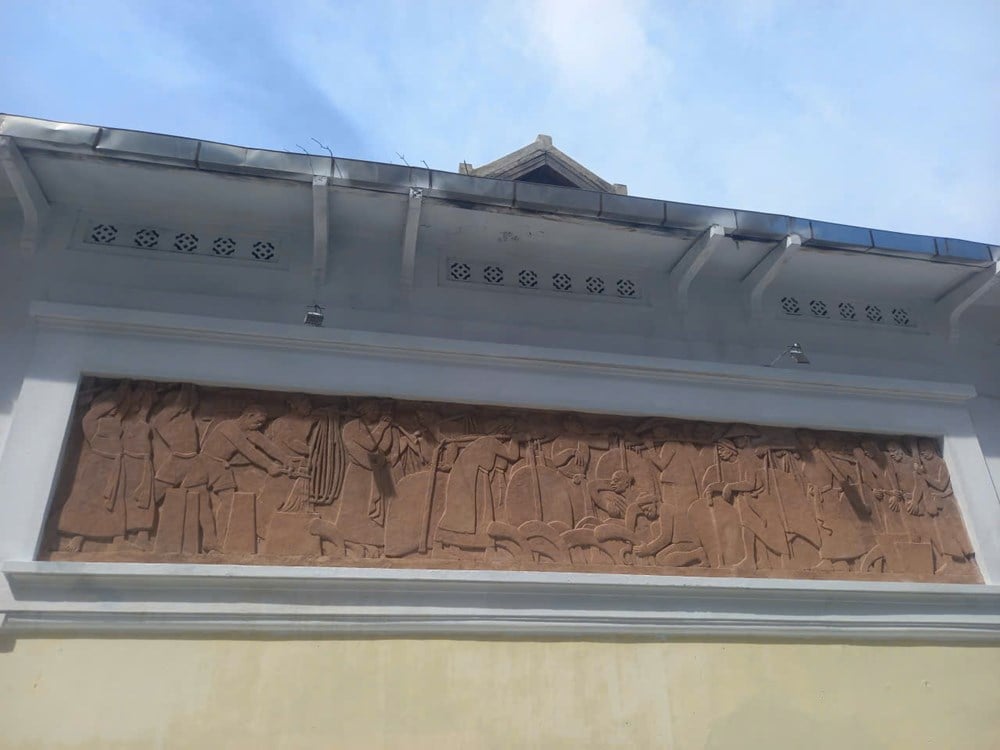
The return of priceless heritage
The “revelation” and “revival” of the two precious reliefs have brought joy to many professionals and the public. Especially to many generations of students who have studied and grown up at the Vietnam University of Fine Arts, when they have the opportunity to admire the priceless artistic heritage of their predecessors.
“Seeing with our own eyes the works of famous sculptors from the first and second classes of the Indochina University of Fine Arts, who are the previous generation of artists, not only gives us a sense of pride but also an opportunity to learn and understand the concepts and artistic techniques of the previous generation,” Anh Tuan, a student at the Vietnam University of Fine Arts, shared.
The restoration project was carried out by two sculptors, Tran Quoc Thinh and Tran Cong Dinh (Faculty of Sculpture, Vietnam University of Fine Arts). Before the restoration, the group of authors took a video of the entire current state of the work. Initial surveys showed that the two works were quite dirty due to paint and lime splashes. Due to the long period of time, the work was slightly damaged. The people who carried it out also studied the methods of the archaeological field, combined with their understanding of the shape of the sculpture, so that it could be kept intact.
With the paint stains firmly attached to the work, the group of authors used support tools to handle each part, avoiding damaging other parts. The project was implemented with socialized capital, under the direction of the People's Committee of Cua Nam Ward, Hanoi. According to Mr. Pham Tuan Long, Party Secretary, Chairman of the People's Council of the ward, the work is mounted on the wall of the Vietnam University of Fine Arts but faces the public space of Cua Nam Ward. That is an ideal space for people to enjoy this priceless work.
It is known that, in the process of collecting documents about the Indochina College of Fine Arts, Dr. Tran Hau Yen The obtained documents related to two reliefs. The research team released the first images in the exhibition "Art of Indochina" held at the Hanoi Museum in 2019. Experts commented that these two reliefs have a modern language, with bold pieces. On the two reliefs with the themes of " Agriculture " and "Fisheries", the hard-working, simple faces of farmers and fishermen are clearly shown. For the first time, viewers feel the figure of the workers with drops of sweat, the hardship when collecting fishing nets... According to Dr. Tran Hau Yen The, perhaps teacher Victor Tardieu has passed on to today's generation meaningful messages, expressed in talented artistic language.
The “revival” of the works also raises the question of how to properly treat the artistic heritage, in order to properly honor the values created by our ancestors. In 2020, when the public art project on Phung Hung Street was carried out, visual artist Nguyen The Son introduced the images of the two reliefs “Agriculture” and “Fisheries” to the public in smaller versions. These two versions are still present at Phuc Tan beach.
The new street named Hang Long after being opened with the highlight of two reliefs “Agriculture” and “Fishery”, at the same time opening up the way for domestic and international contemporary artists to access opportunities. From here, the profession hopes that historical opportunities will open up opportunities in bringing art as an important factor in awakening the memory of urban heritage, as well as contributing to the development of cultural industry in Hanoi.
The fate of the two reliefs also evokes the idea of works of art and architectural works that have disappeared, or are in a state of disrepair and gradually falling into oblivion. A few years ago, two valuable propaganda paintings of urban heritage in Hanoi by the late artist Truong Sinh, located at Cho Mo intersection (Bach Mai - Nguyen Thi Minh Khai - Truong Dinh - Dai La intersection), were at risk of being destroyed to clear the ground for the Ring Road 2 project. After the press and experts spoke up, although they were relocated, to this day, each painting is still placed in two different places, due to administrative procedure problems as well as oblivion.
Source: https://baovanhoa.vn/van-hoa/su-tro-lai-cua-nhung-di-san-vo-gia-175905.html


![[Photo] Chairman of the Hungarian Parliament visits President Ho Chi Minh's Mausoleum](https://vphoto.vietnam.vn/thumb/1200x675/vietnam/resource/IMAGE/2025/10/20/1760941009023_ndo_br_hungary-jpg.webp)
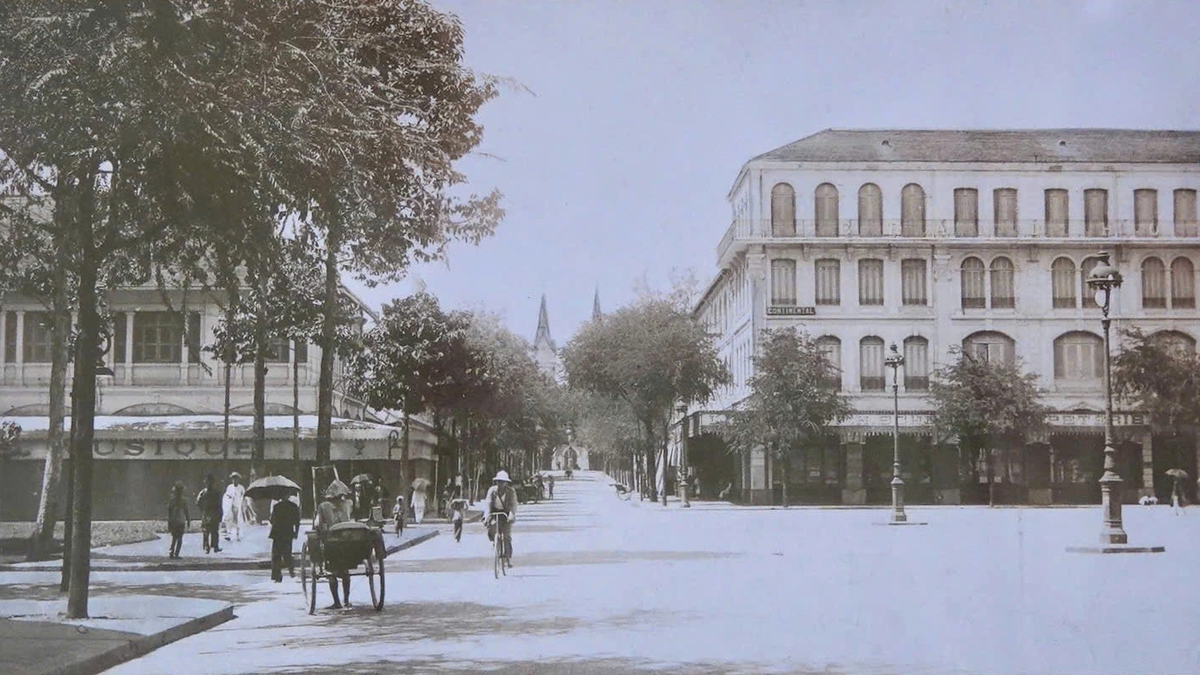
![[Photo] Prime Minister Pham Minh Chinh meets with Speaker of the Hungarian National Assembly Kover Laszlo](https://vphoto.vietnam.vn/thumb/1200x675/vietnam/resource/IMAGE/2025/10/20/1760970413415_dsc-8111-jpg.webp)

![[Photo] Solemn opening of the 10th Session, 15th National Assembly](https://vphoto.vietnam.vn/thumb/1200x675/vietnam/resource/IMAGE/2025/10/20/1760937111622_ndo_br_1-202-jpg.webp)
![[Photo] National Assembly Chairman Tran Thanh Man holds talks with Hungarian National Assembly Chairman Kover Laszlo](https://vphoto.vietnam.vn/thumb/1200x675/vietnam/resource/IMAGE/2025/10/20/1760952711347_ndo_br_bnd-1603-jpg.webp)

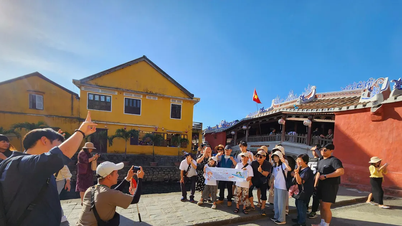

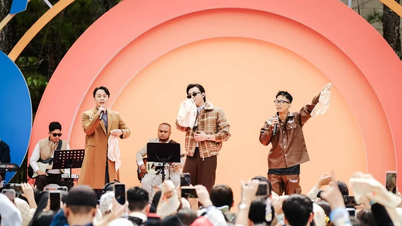

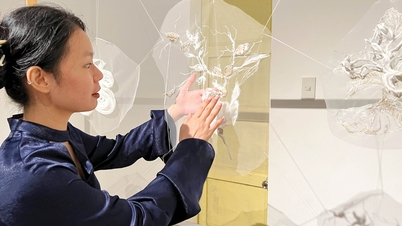





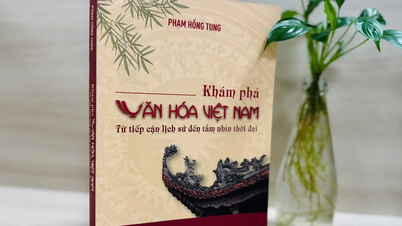

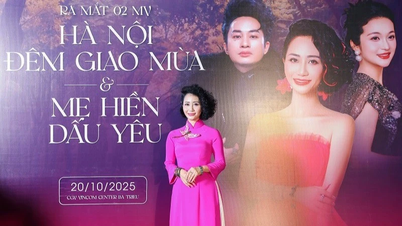


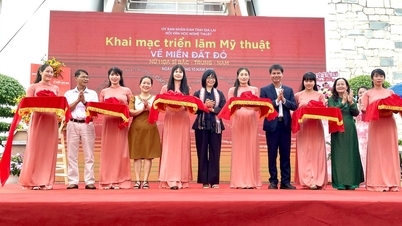

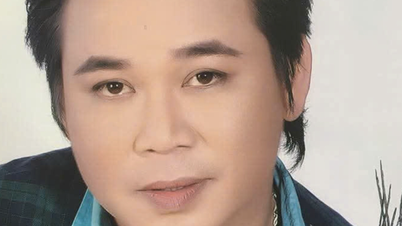
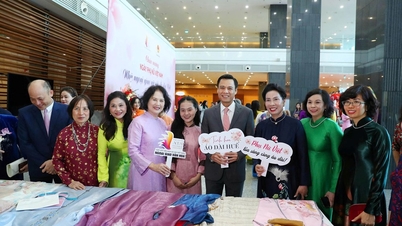




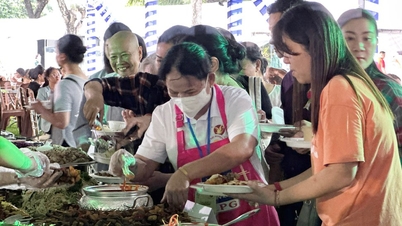
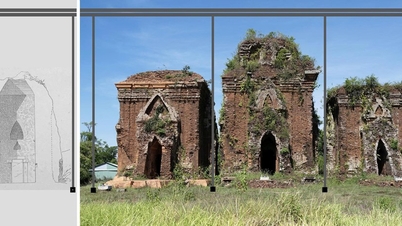
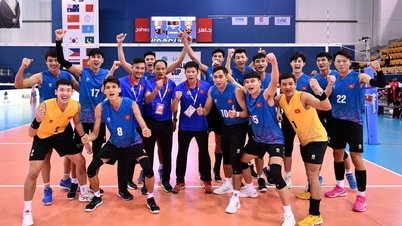
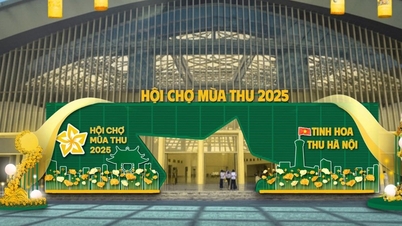
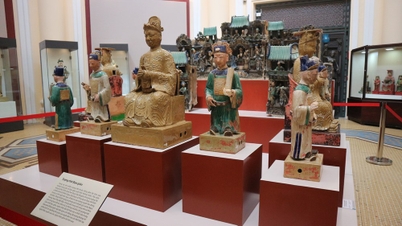
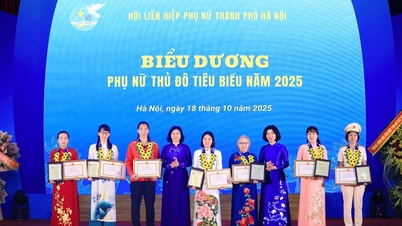
![[Photo] The Steering Committee of the 2025 Fall Fair checks the progress of the organization](https://vphoto.vietnam.vn/thumb/1200x675/vietnam/resource/IMAGE/2025/10/20/1760918203241_nam-5371-jpg.webp)
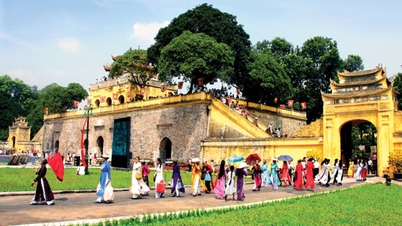

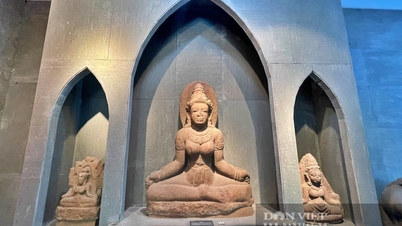

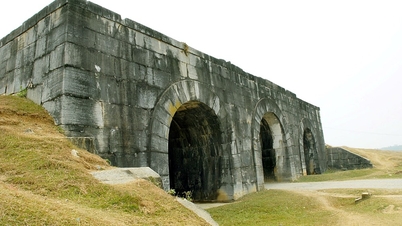
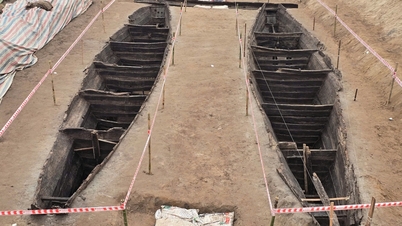
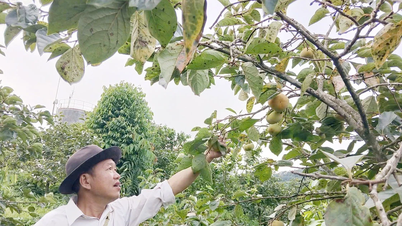

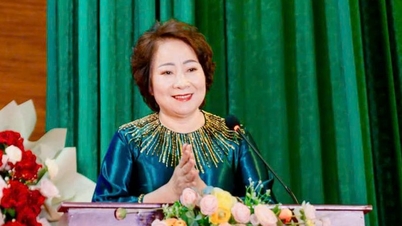


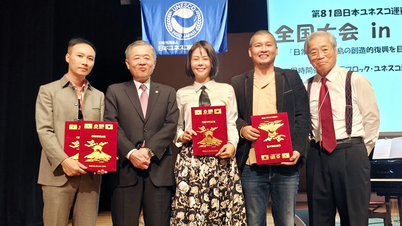
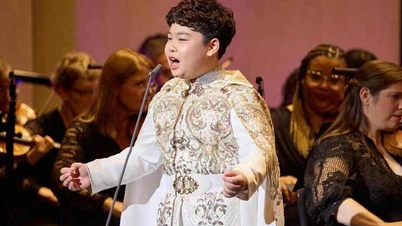

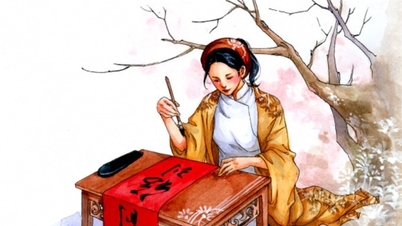


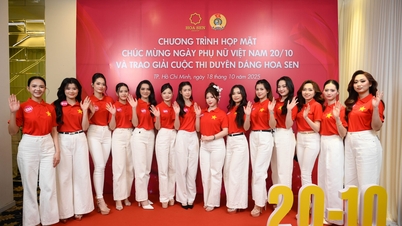

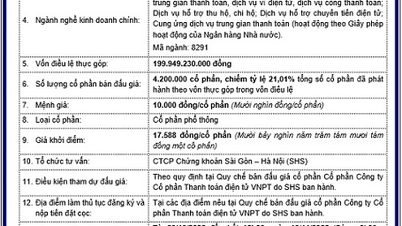
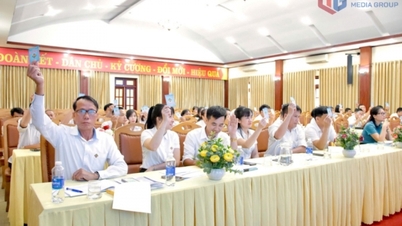



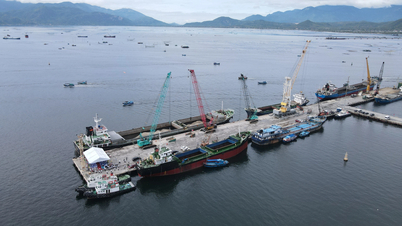








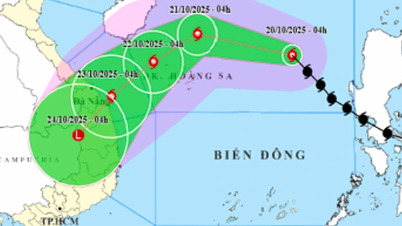

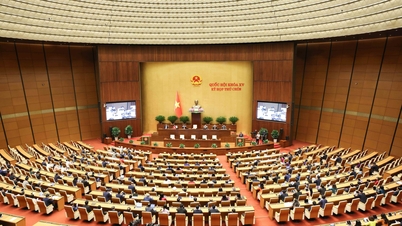

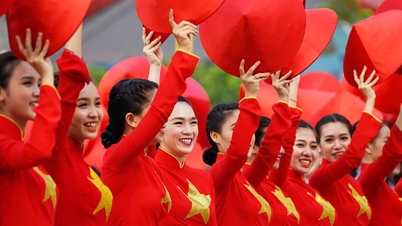
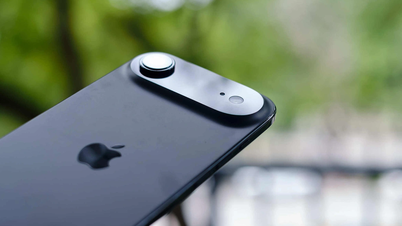
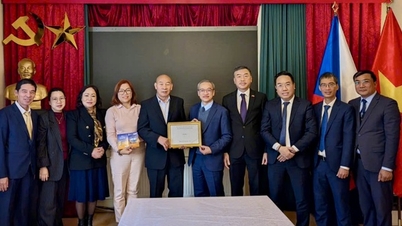

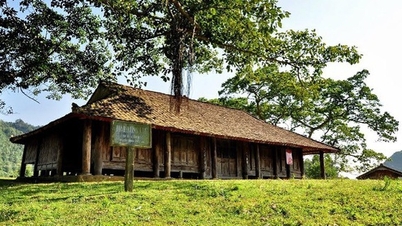
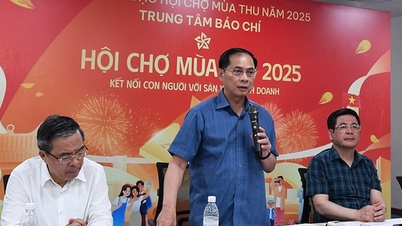
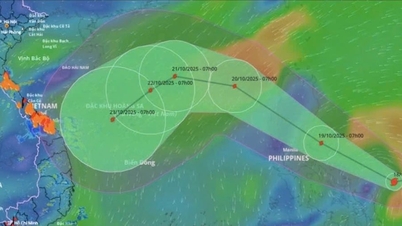



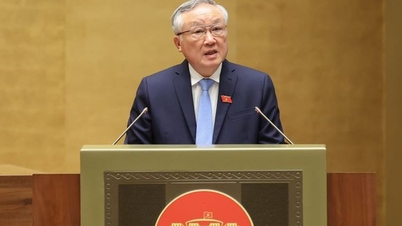
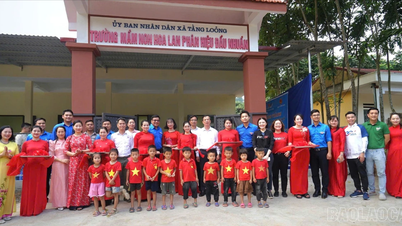

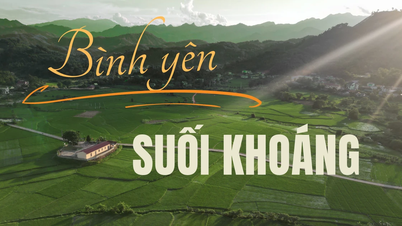
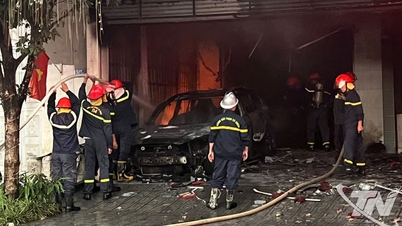

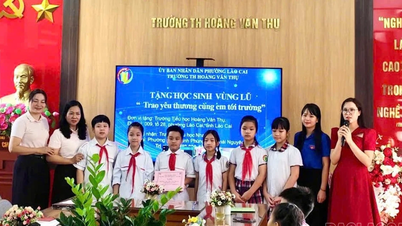
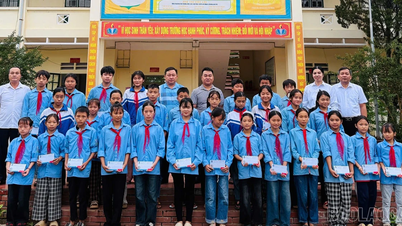
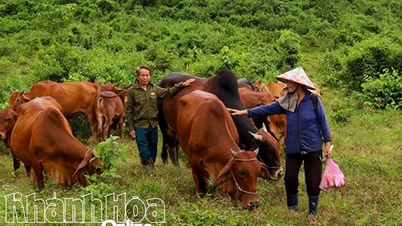













Comment (0)